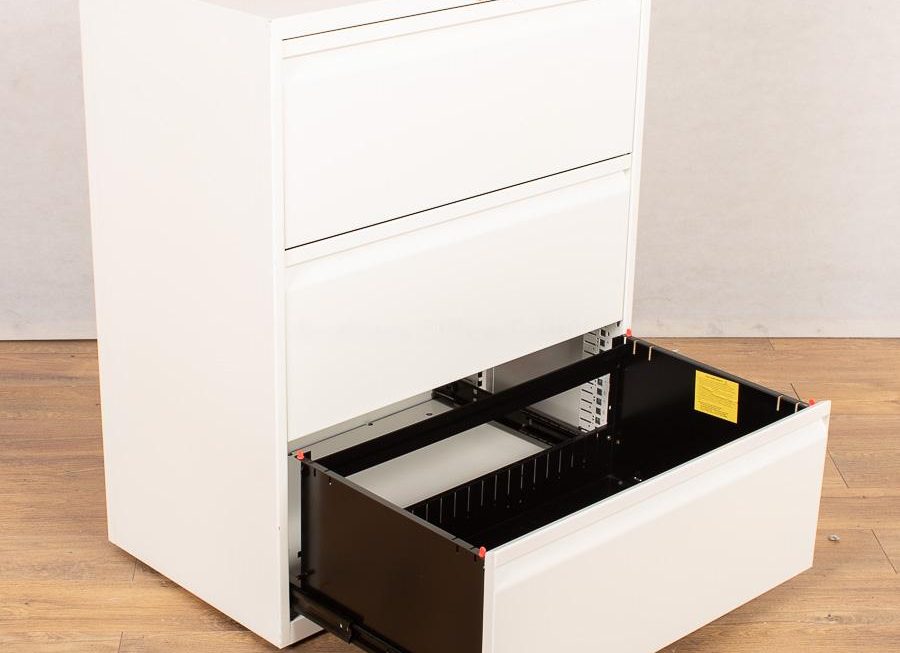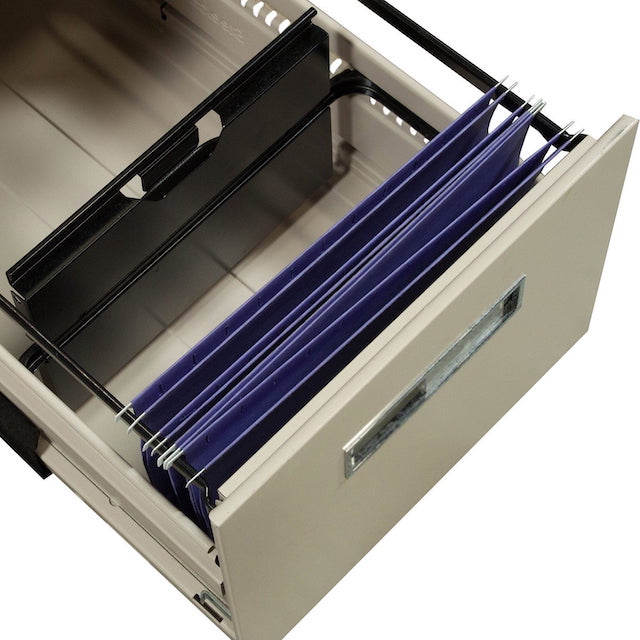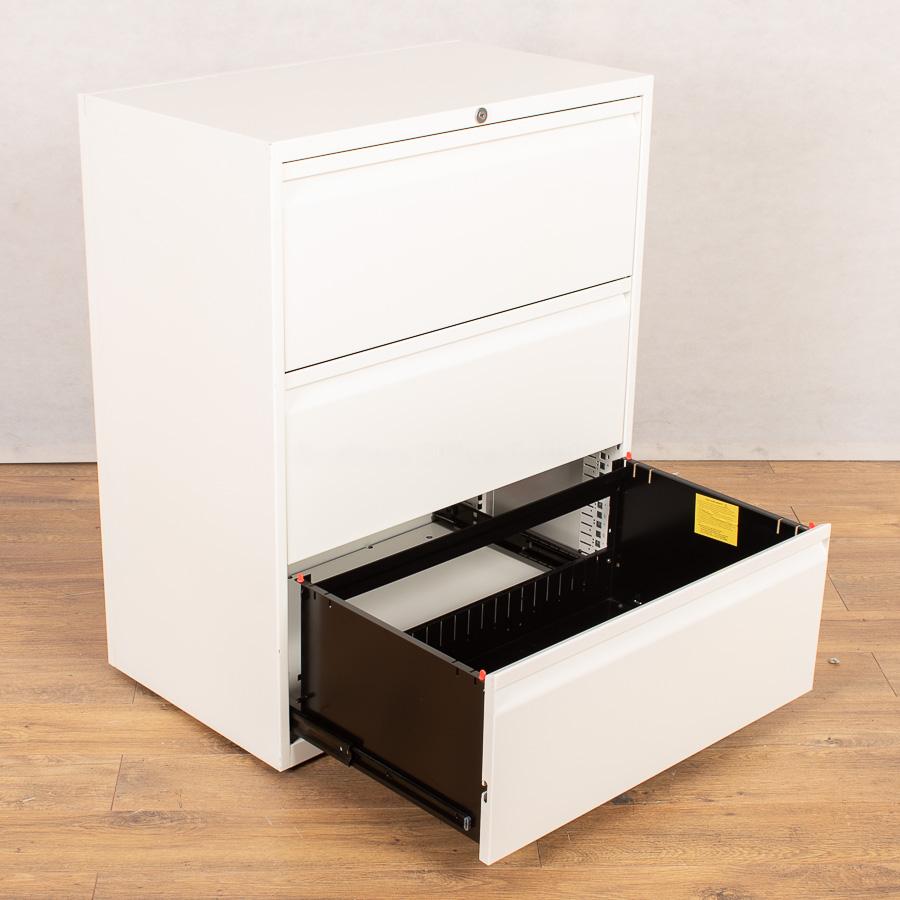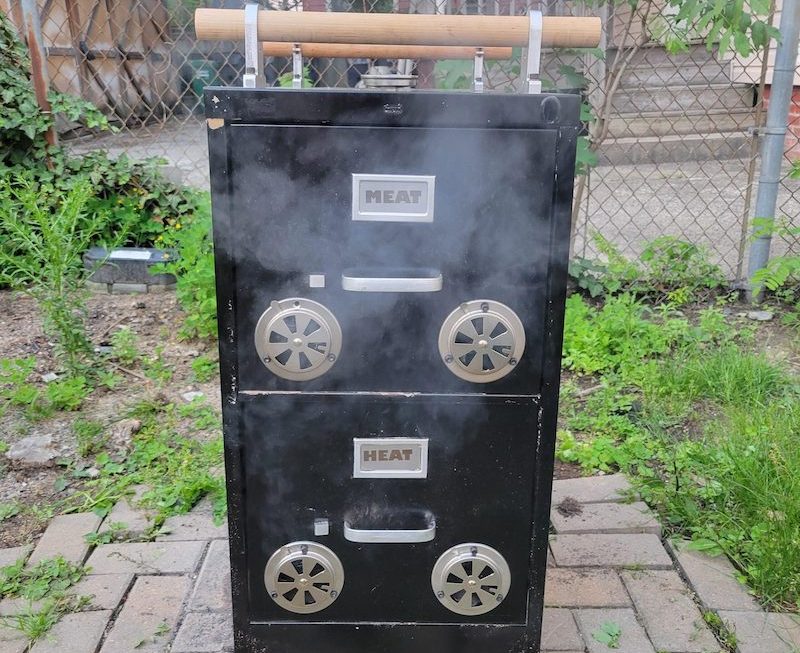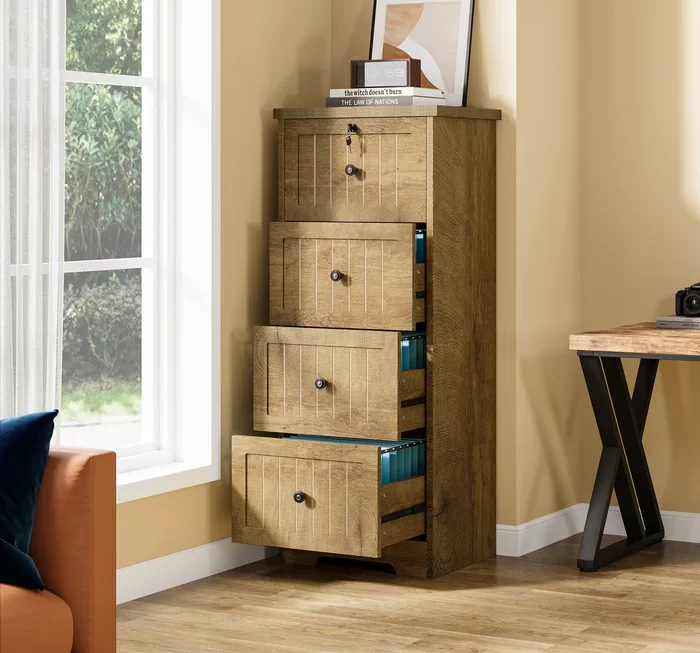The Importance of Efficient Office Storage Systems
Every office needs an efficient storage system. It keeps workspaces tidy and documents safe. The right system can boost productivity. Workers spend less time searching for files and more on critical tasks. An orderly office also leaves a good impression on visitors.
A filing cabinet with drawer units can be a game-changer. They are designed to organize a large number of documents. Each drawer can hold different categories of paper. This allows for quick access when needed. Efficient storage solutions help manage space. They make the most out of the available square footage. Whether in a small office or a large corporation, saving space can lead to a better work environment.
Filing cabinets with drawers also secure sensitive information. Many come with locking mechanisms. These safeguards are essential for confidential files. A well-designed filing cabinet can also blend with office aesthetics. This provides functionality without compromising on style. For a productive, secure, and organized office, choosing the right storage is key. It is much more than just a place to store papers. It’s a foundation for effective office management.
Types of Filing Cabinets with Drawers
Choosing the right type of filing cabinet with drawer is crucial for an organized office. Different types serve various needs and spaces. Here are the common ones.
Lateral Filing Cabinets
Lateral filing cabinets are wide and offer large storage capacity. They fit well in spaces with more wall area than floor space. Users can view and access files easily. This makes them perfect for high-usage environments.
Vertical Filing Cabinets
Vertical cabinets are tall and take up less floor space. They work best in smaller offices. Despite their compact footprint, they offer ample storage. These are a good choice for offices with limited room.
Mobile Filing Cabinets
Mobile filing cabinets come with wheels for easy movement. They offer flexibility in office layouts. These units allow for reorganization according to changing needs. They are ideal for dynamic workspaces.
Fireproof and Security Filing Cabinets
Fireproof cabinets protect documents from fire damage. Security cabinets come with advanced locking systems. They safeguard sensitive information. Both types are essential for storing critical and confidential files.
Key Features to Look For in a Filing Cabinet
Picking the right filing cabinet with drawer can transform an office space. To choose wisely, consider these key features.
Drawer Mechanism and Smoothness
A good drawer mechanism ensures easy access and smooth operation. Drawers should glide open with minimal effort. Metal runners and ball bearings are signs of a high-quality cabinet. They prevent jamming and frustration during busy work periods.
Locking Systems and Security
Secure locking systems protect sensitive documents. Look for cabinets with key locks or combination dials. Some advanced models offer biometric locks for higher security. Assess the level of confidentiality needed before choosing.
Material and Durability
The material of a filing cabinet affects its lifespan and look. Metal cabinets are sturdy and long-lasting. Wood alternatives blend better with office decor but may not be as durable. Consider the balance between aesthetics and durability for the right fit.
Organizing Your Filing Cabinet for Maximum Efficiency
Optimizing the organization of your filing cabinet with drawer is vital for boosting efficiency. Properly sorted documents speed up file retrieval and cut down on wasted time. Implement these steps to ensure your filing system operates at its best.
Categorizing Documents
Start by grouping similar documents together. Use categories that make sense for your business. Common groupings include client files, projects, or financial records. This system allows for quick navigation to the right drawer. Make sure to have a designated spot for all new and current documents to maintain order.
Labeling for Easy Retrieval
Once categorized, label each drawer clearly. Use large, bold fonts that are easy to read from a distance. Consider color-coding labels to differentiate between categories further. This visual aid can reduce search time dramatically. Labels should be consistent in terms of wording and positioning on each drawer.
Regular Maintenance and Clear Outs
An organized filing cabinet requires ongoing attention. Schedule regular clean-outs. Dispose of outdated documents and archive those no longer in daily use. This prevents drawers from becoming overfilled and hard to manage. Ensure that all staff know how to file and retrieve documents correctly to keep the system running smoothly.
By focusing on these organizing principles, you can create a filing cabinet system that serves your office’s needs effectively. Not only does this streamline the workflow, but it also protects sensitive information and maintains a professional atmosphere.
The Role of Filing Cabinets in a Paperless Office
Even in a paperless office, a filing cabinet with drawer units has a vital role. Implementing digital systems reduces paper use but does not eliminate it entirely. There are always essential documents that require physical storage, such as contracts, legal paperwork, and originals that must be preserved. Having a filing cabinet ensures these documents are well-organized and accessible.
Filing cabinets with drawers can also serve as a backup system. If digital files become corrupt or systems fail, physical copies act as a secure alternative. This dual approach to document storage provides a comprehensive safety net for crucial information.
Moreover, filing cabinets help in the transition to paperless operations. They offer a place to store papers during the digitization process. Employees can scan, categorize, and store documents systematically. Cabinets can also house supplies and equipment that support digital work, such as scanners, paper shredders, and storage media.
To sum up, even as offices adopt digital practices, filing cabinets with drawers remain relevant. They provide a secure home for necessary physical documents, offer a backup option, and support the move towards a more paperless environment. By including a filing cabinet in an office, businesses ensure they are prepared for various document storage needs, both physical and digital.
Best Practices for Integrating Filing Cabinets into Office Design
Effective integration of filing cabinets into office design is essential. It combines functionality with style. Here are some best practices to consider when incorporating filing cabinet with drawer units into your office layout.
Space Planning and Cabinet Placement
Proper placement of filing cabinets is vital. It ensures ease of access and workflow efficiency. Follow these guidelines:
- Measure your office space. Plan where each cabinet will go.
- Keep cabinets near the people who use them most.
- Ensure there’s enough room to open drawers fully without obstruction.
- Avoid placing cabinets in high traffic areas. This reduces the risk of accidents.
- Consider the natural flow of work. Place cabinets so they support, not hinder, employee movement.
Aesthetics and Matching Office Decor
A filing cabinet should blend with your office’s style. Aim for a professional and appealing environment. Here’s how:
- Choose a filing cabinet with a design that matches your office decor.
- Match colors and materials with other office furniture for a cohesive look.
- Use decorative labels and handles to add a personal touch.
- Consider wood-finish cabinets for a warm, classic feel.
- For modern spaces, sleek metal cabinets might be best.
A filing cabinet is commonly used in offices, homes, and businesses to keep files secure, easily accessible, and neatly arranged. Remember, the right filing cabinet with drawer not only stores documents but also adds to the overall look and feel of your office.
